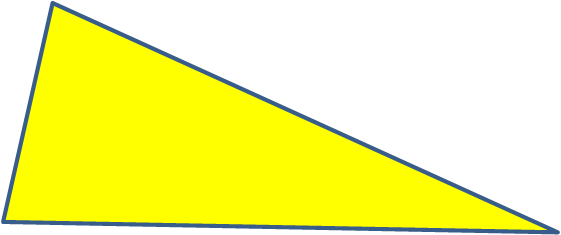You already know that the interior angles of a triangle add up to 180º.

Polygons with more sides have a larger sum of interior angles.
There is a lovely little formula to use to find out the sum of the interior angle of any polygon.
Here it is:
Where n is the number of sides of a polygon: (n - 2) x 180 = the sum of the interior angles.
Let's test it out with some polygons:
Triangle has 3 sides: (3 - 2) x 180 = 1: x 180 = 180
Quadrilateral has 4 sides: (4 - 2) x 180 = 2 x 180 = 360
Pentagon has 5 sides: (5 - 2) x 180 = 3 x 180 = 540
Hexagon has 6 sides: (6 - 2) x 180 = 4 x 180 = 720
Octagon has 8 sides (8 - 2) x 180 = 6 x 180 = 1,080
Does that make sense?
This means that if we know the number of sides a shape has, we can work out the sum of the interior angles.
If we know the sum of the angles, we can also work out one individual angle if the polygon is regular, with all its angles the same size.
For example, if we know that the sum of a hexagon's angles is 720º, then all we need to do is to divide 720 by the number of angles that the hexagon has, which is 6.
720 ÷ 6 = 120º
Each of the individual interior angles in a regular hexagon is 120º.
Be careful though, this only works for a regular polygon - that is one with all its sides and angles equal in size.
Shall we move on to some questions now?








